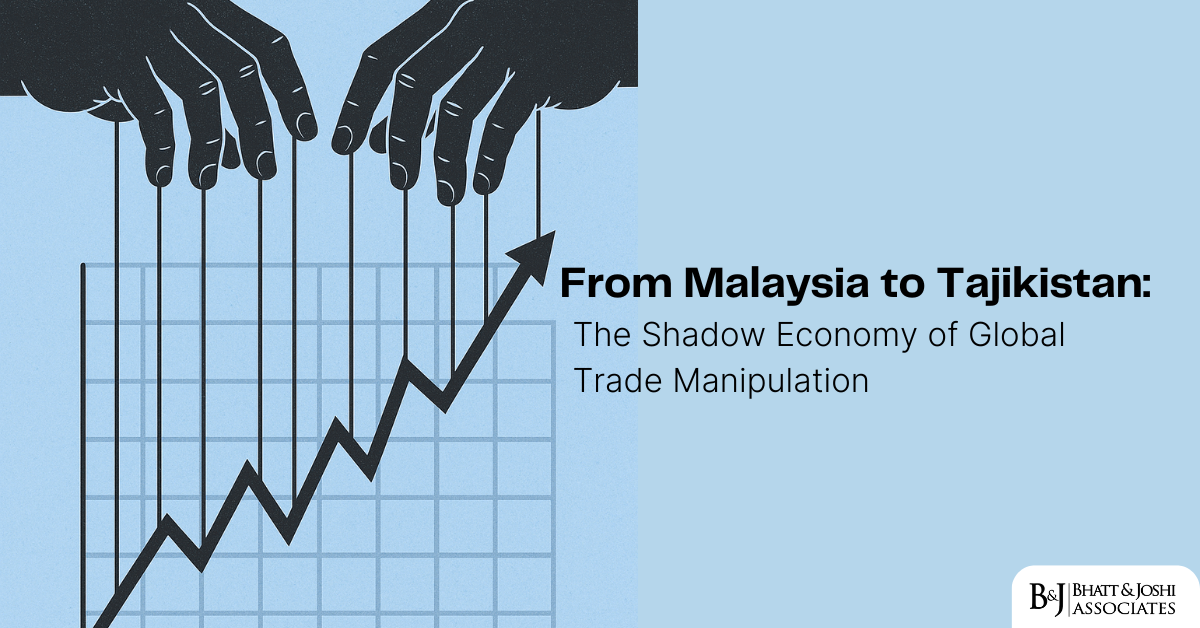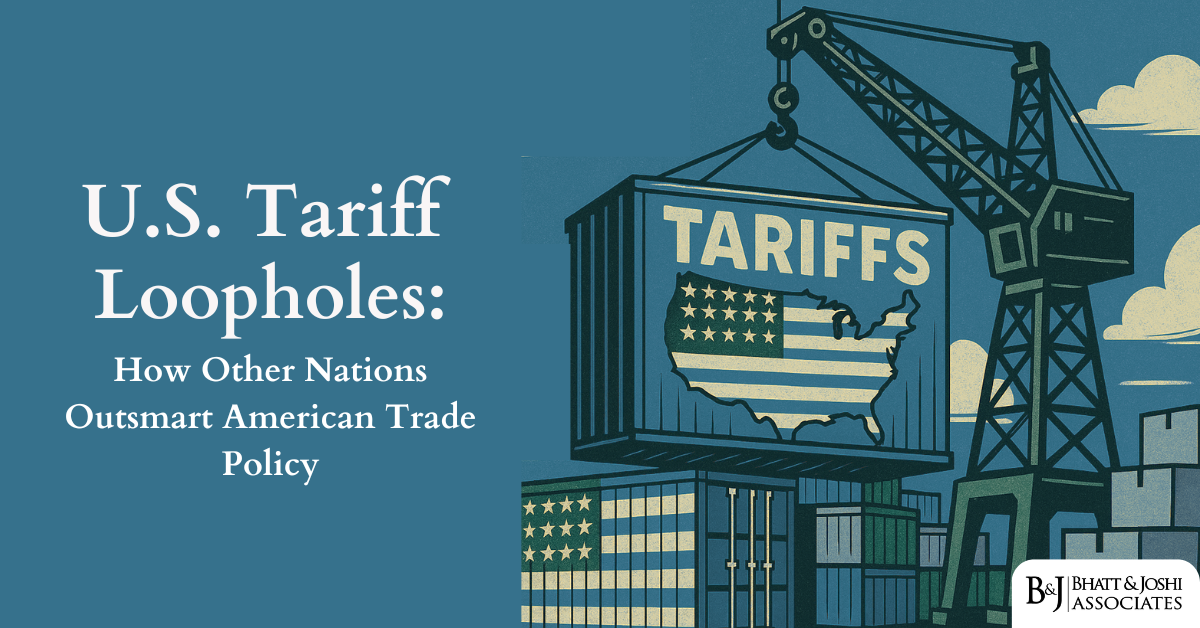Introduction
In the complex web of global trade, a sophisticated shadow economy has emerged, operating at the boundaries of legality and often crossing into illicit territory. This parallel system of trade manipulation extends from the bustling ports of Malaysia to the remote reaches of Tajikistan, involving a complex network of intermediaries, shell companies, and creative documentation practices. Understanding this shadow economy is crucial for comprehending how modern international trade really works, beyond official statistics and regulatory frameworks.
The scale of trade manipulation has grown dramatically with globalization, enabled by increasingly sophisticated financial networks and the complexities of modern supply chains. What began as simple schemes to avoid tariffs has evolved into complex operations involving multiple jurisdictions, elaborate corporate structures, and sophisticated methods of concealing the true nature of transactions.
The Architecture of Shadow Trade Economy
The shadow trade economy operates through an intricate network of relationships between legitimate businesses, shell companies, and specialized intermediaries. These networks have developed sophisticated methods for disguising the origin, nature, and value of goods moving through international trade channels. The system relies on exploiting gaps between different national regulations, utilizing free trade zones, and manipulating documentation requirements.
At its core, this shadow economy depends on the ability to create layers of transactions that obscure the true nature of trade flows. A single shipment might pass through multiple jurisdictions, changing ownership several times on paper while physically moving directly from origin to destination. This complexity makes tracking and controlling illicit trade increasingly challenging for regulatory authorities.
Global Trade Manipulation Networks
The Shadow Economy of Global Trade operates through manipulation networks that span continents and involve a wide range of players, from small trading companies to major multinational corporations. These networks are central to sustaining illicit trade flows by exploiting regulatory gaps and legal loopholes. Key nodes in the shadow economy of global trade often include:
Free trade zones in the UAE, Singapore, and Panama serve as crucial transit points where goods can be repackaged and relabeled. Financial centers in places like Hong Kong and Switzerland provide the banking infrastructure to manage complex transaction chains. Trading hubs in countries with less stringent oversight become critical links in circumvention schemes.
Methods Used in Trade Manipulation
Trade manipulation techniques have evolved far beyond simple misrepresentation of goods. Modern schemes employ sophisticated methods including:
Product transformation centers in intermediate countries perform minimal processing to claim new origin status. Complex ownership structures involving multiple shell companies obscure true ownership and control of goods. Documentation chains create paper trails that appear legitimate while masking actual trade flows.
The sophistication of these methods often makes it difficult to distinguish legitimate trade from manipulation schemes.
Key Players Driving the Shadow Trade Economy
The shadow trade economy involves various specialized players:
Professional trade intermediaries who understand how to navigate regulatory requirements and exploit loopholes. Documentation specialists who create paper trails that appear legitimate while concealing actual operations. Banking professionals who structure financial transactions to avoid detection.
These specialists often operate within seemingly legitimate businesses while facilitating trade manipulation schemes.
Regional Trade Manipulation Hubs
Certain regions have emerged as crucial nodes in the shadow trade economy. The UAE, particularly Dubai, serves as a major hub for reexporting and relabeling goods. Its free trade zones and limited oversight make it ideal for disguising the origin of products.
Malaysia and Singapore play similar roles in Asia, while countries like Belarus and Turkey have become important transit points for evading sanctions on Russia. Each hub develops specialized expertise in handling particular types of transactions or goods.
Economic Impact of the Shadow Trade Economy
The shadow trade economy has significant implications for legitimate business and international commerce. It distorts competition by allowing some players to avoid tariffs and regulations that others must follow. This creates unfair advantages and undermines the effectiveness of trade policies designed to protect domestic industries or enforce international standards.
The economic impact extends beyond lost tariff revenue to affect market prices, investment decisions, and industry competitiveness across multiple sectors.
Technology and Trade Manipulation
Modern technology plays a dual role in trade manipulation. While digital systems create new opportunities for concealment through cryptocurrency transactions and complex digital documentation, they also provide tools for detecting and preventing manipulation:
Blockchain technology offers potential for creating transparent, traceable supply chains. Artificial intelligence can help identify suspicious patterns in trade data. Advanced tracking systems can monitor physical movement of goods more effectively.
Regulatory Challenges in the Shadow Economy
Current regulatory frameworks struggle to address modern trade manipulation schemes. The World Trade Organization lacks effective enforcement mechanisms for addressing sophisticated evasion techniques. National customs authorities often lack resources and coordination to track complex international schemes.
The challenge is compounded by varying standards and enforcement capabilities across different jurisdictions, creating opportunities for regulatory arbitrage.
Future of Trade Transparency
Emerging technologies and regulatory approaches offer potential solutions for increasing trade transparency:
Distributed ledger technologies could create immutable records of trade transactions. Advanced analytics can better identify suspicious patterns and relationships. International cooperation frameworks might improve enforcement coordination.
However, implementing these solutions requires overcoming significant technical, legal, and political challenges.
Conclusion
The shadow economy of global trade manipulation represents a crucial challenge for the international trading system. While complete elimination of trade manipulation may be impossible, significant improvements in transparency and enforcement are achievable through technology, international cooperation, and regulatory reform.
Success requires recognizing that trade manipulation is not merely a regulatory issue but reflects deeper structural challenges in the global trading system. Addressing these challenges requires balancing the benefits of free trade with effective oversight and enforcement.
Future efforts to combat trade manipulation will likely focus on:
- Implementing new technologies for tracking and verification
- Strengthening international cooperation in enforcement
- Developing more effective regulatory frameworks
- Improving transparency in global supply chains
The effectiveness of these efforts will significantly influence the future of international trade and economic relations. As technology advances and regulatory systems evolve, the battle between those seeking to manipulate trade and those working to ensure transparency will continue to shape global commerce.













